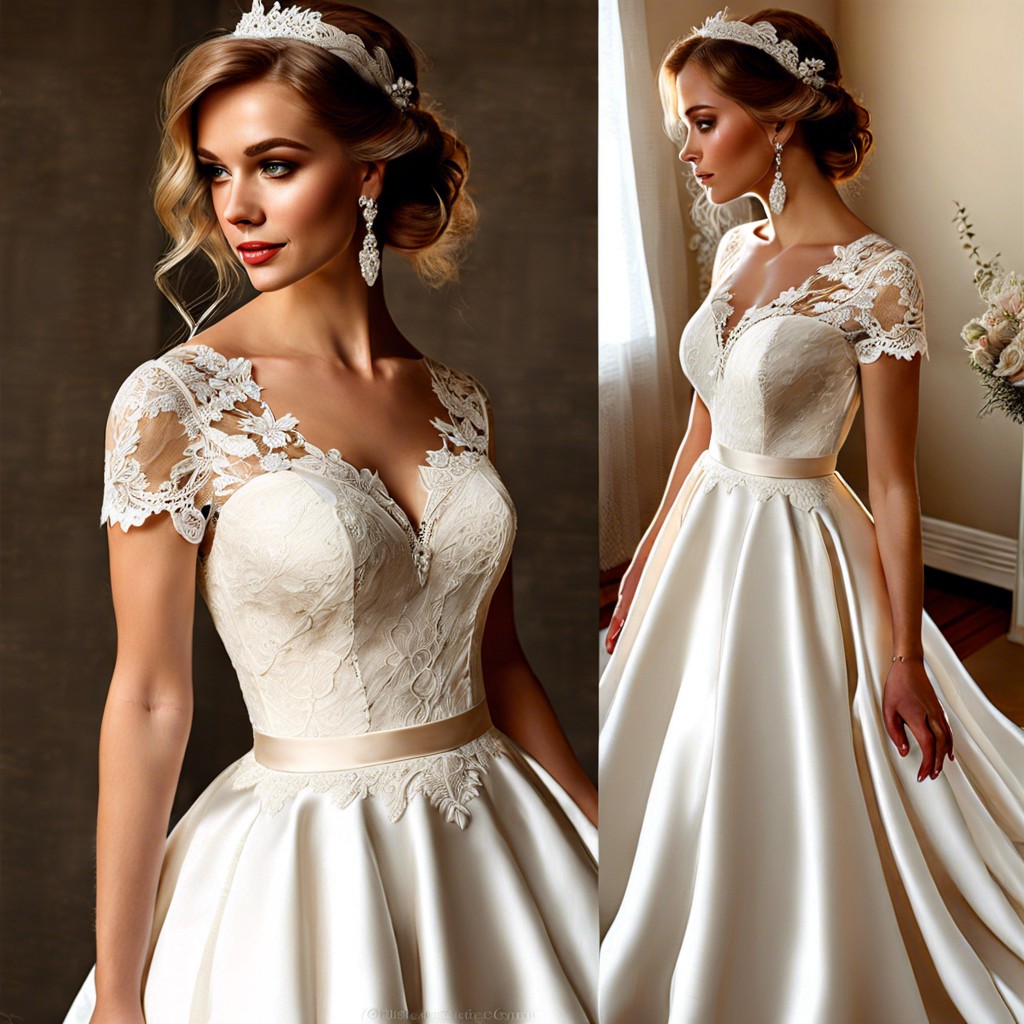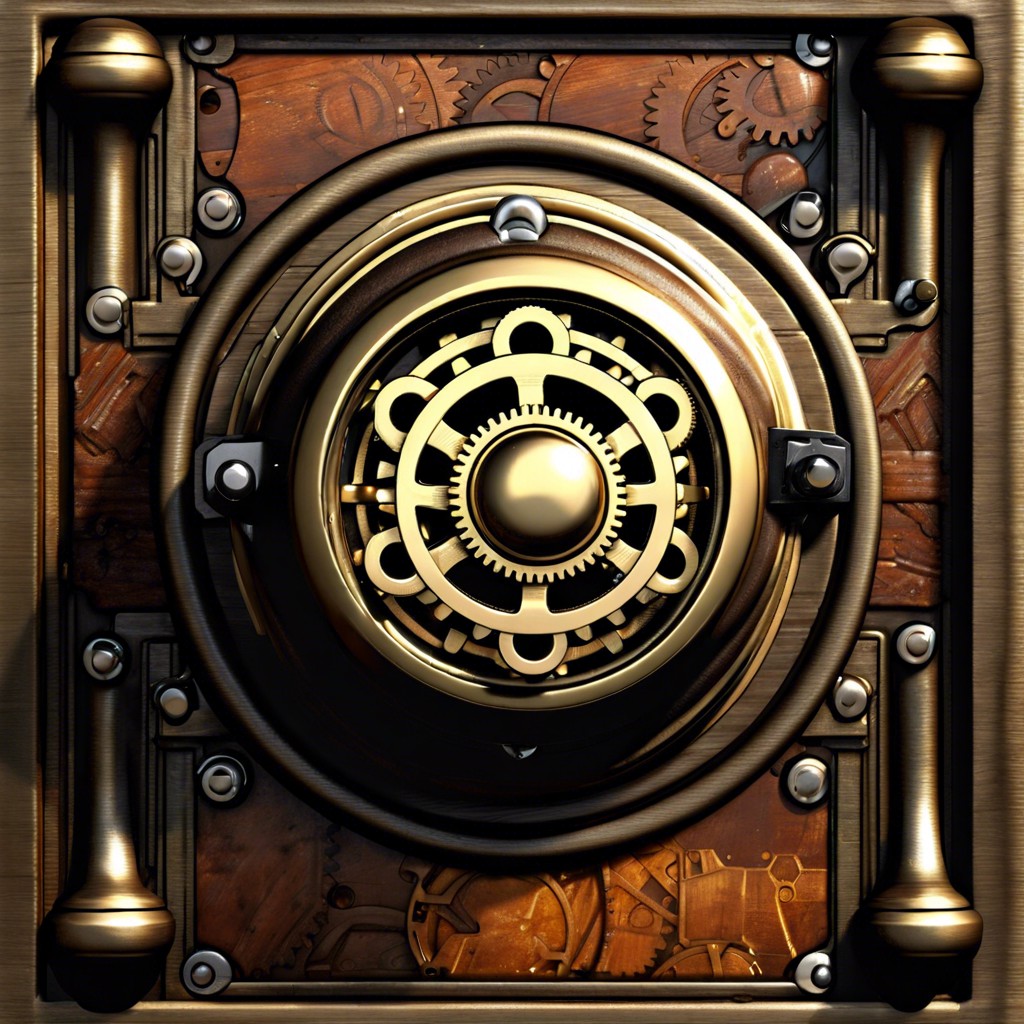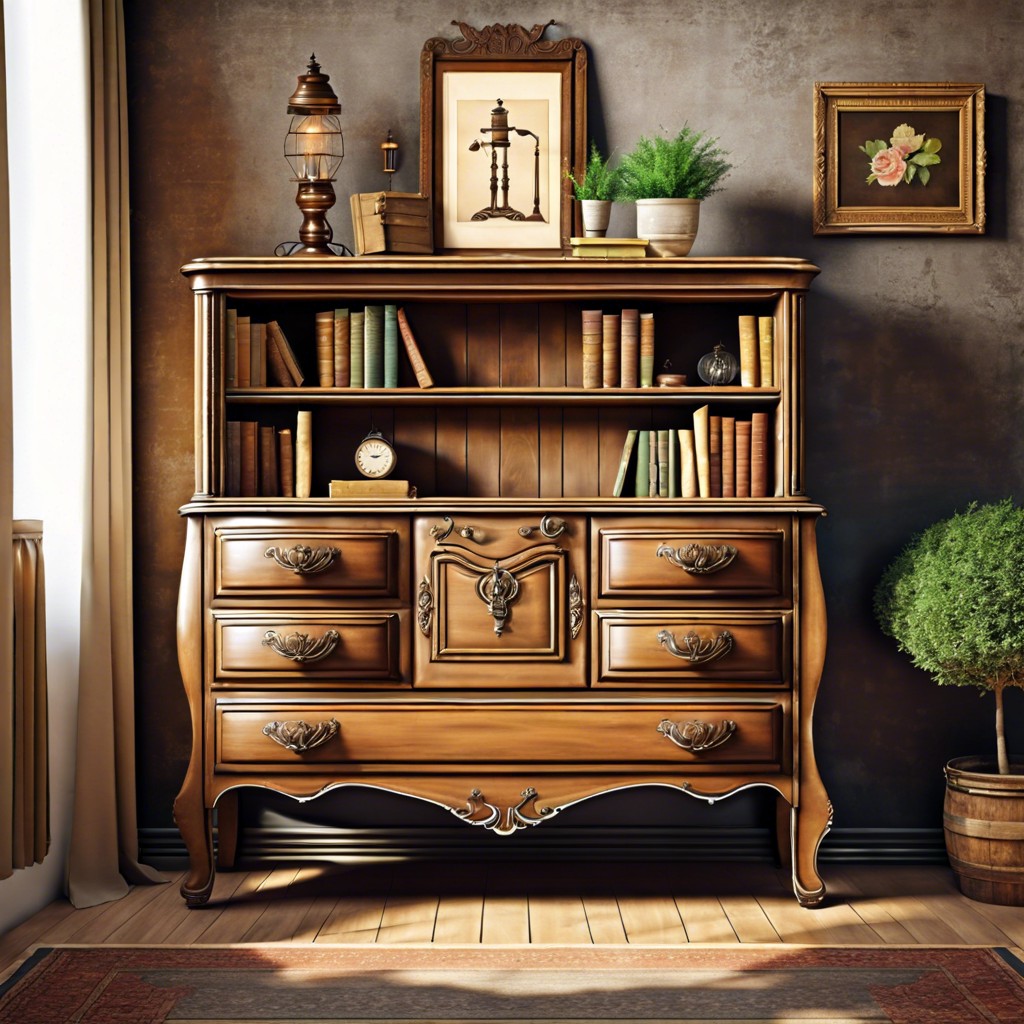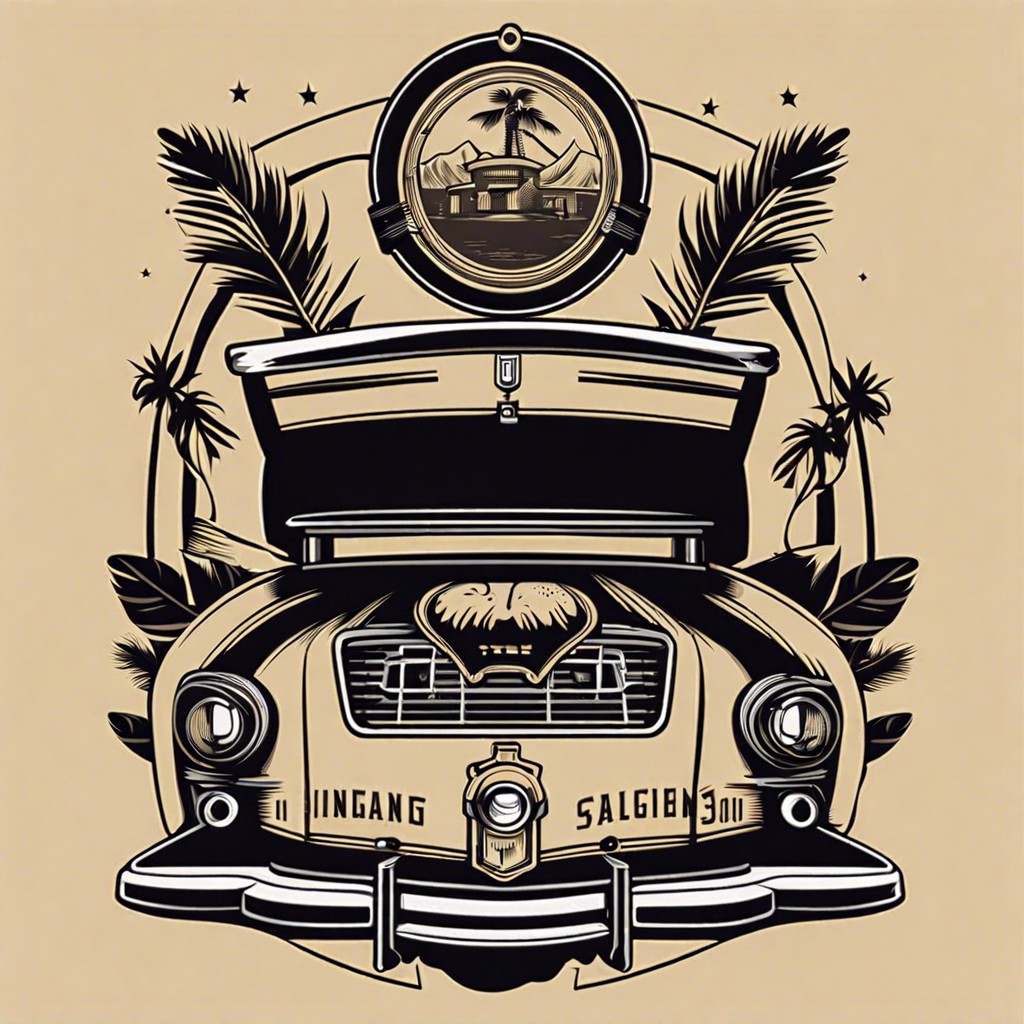Last updated on
Discover how vintage sewing patterns can add a touch of nostalgia to your crafting projects and where to find them.
Key takeaways:
- Vintage sewing patterns offer insight into past fashion trends and social norms.
- Deciphering the age of patterns involves analyzing logos, illustrations, and fabric requirements.
- The value of vintage sewing patterns depends on rarity, condition, and brand.
- Modern sewists can adapt vintage patterns with contemporary fabrics, sizing, construction techniques, and details.
- Fashion designers draw inspiration from vintage sewing patterns to create unique and sustainable designs.
Historical Significance of Vintage Sewing Patterns
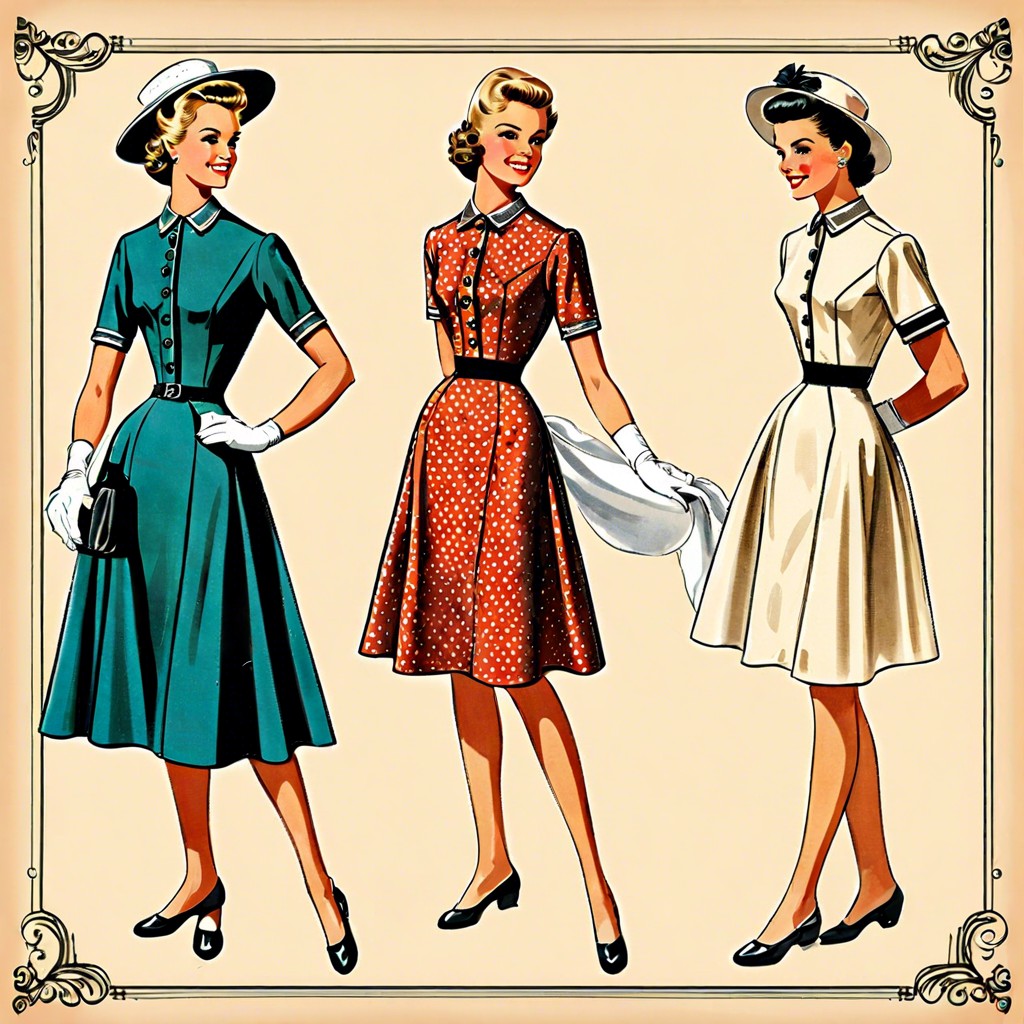
Vintage sewing patterns are like time capsules, chronicling fashion trends from bygone eras. Each pattern reflects the social and cultural norms of its time, offering insight into past daily lives. For example, patterns from the 1940s often exhibit resourcefulness, featuring designs that required less fabric, a nod to wartime fabric shortages.
Not only do these patterns reveal historical fabric preferences, but they also display evolving silhouettes and the progression of women’s roles in society. Consider the cinched waists and full skirts of the 1950s, symbolizing the idealized domestic femininity of the post-war period. In contrast, the relaxed and unrestrained designs of the 1960s align with the decade’s spirit of freedom and counterculture movement.
Moreover, patterns are artifacts that detail the technological advances of each period. Early patterns had minimal instructions and were available in single sizes, reflecting the home seamstress’s expertise. Over time, patterns became multi-sized and included more detailed guides, mirroring advancing sewing technology and broader home use.
Understanding these patterns is invaluable for those who appreciate vintage fashion or wish to inject a dash of history into modern attire. Each stitch sewn from a vintage pattern is a dialogue between past and present, making history tangible through the art of fashion.
Identifying and Dating Vintage Sewing Patterns
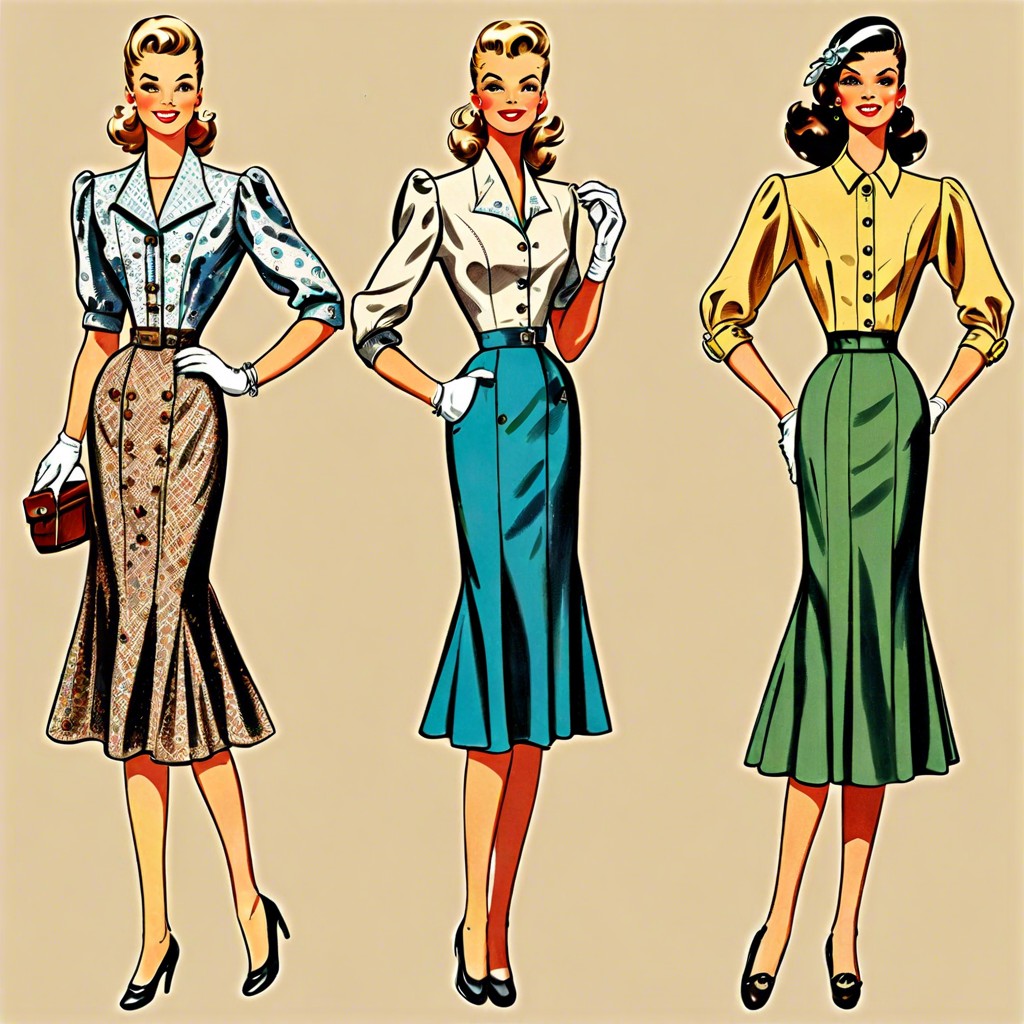
Deciphering the age of a sewing pattern can be akin to a treasure hunt. Glimpses of fashion’s evolution peek through the paper folds. To start, pinpoint the pattern’s company—they often altered their logos over the decades, turning these insignias into time stamps.
Next, observe the pattern envelope. Early patterns might lack illustrations, while those from the mid-20th century onward showcase detailed drawings and later, colored photographs. Price can also be a clue; a 15-cent pattern will likely hail from the 1940s.
For precision, check the pattern pieces themselves. Before the 1950s, they often came without pre-printed markings. It’s also worth contacting the pattern company for archival information, but remember that not all records have stood the test of time.
Lastly, let’s talk fabric allocation. Older patterns typically required more fabric, mirroring the eras’ less conservative cuts. An ample fabric requirement can hint at an elder pattern—think full skirts of the 1950s versus the sleeker silhouettes that surfaced in subsequent decades.
The Value and Collectibility of Vintage Sewing Patterns
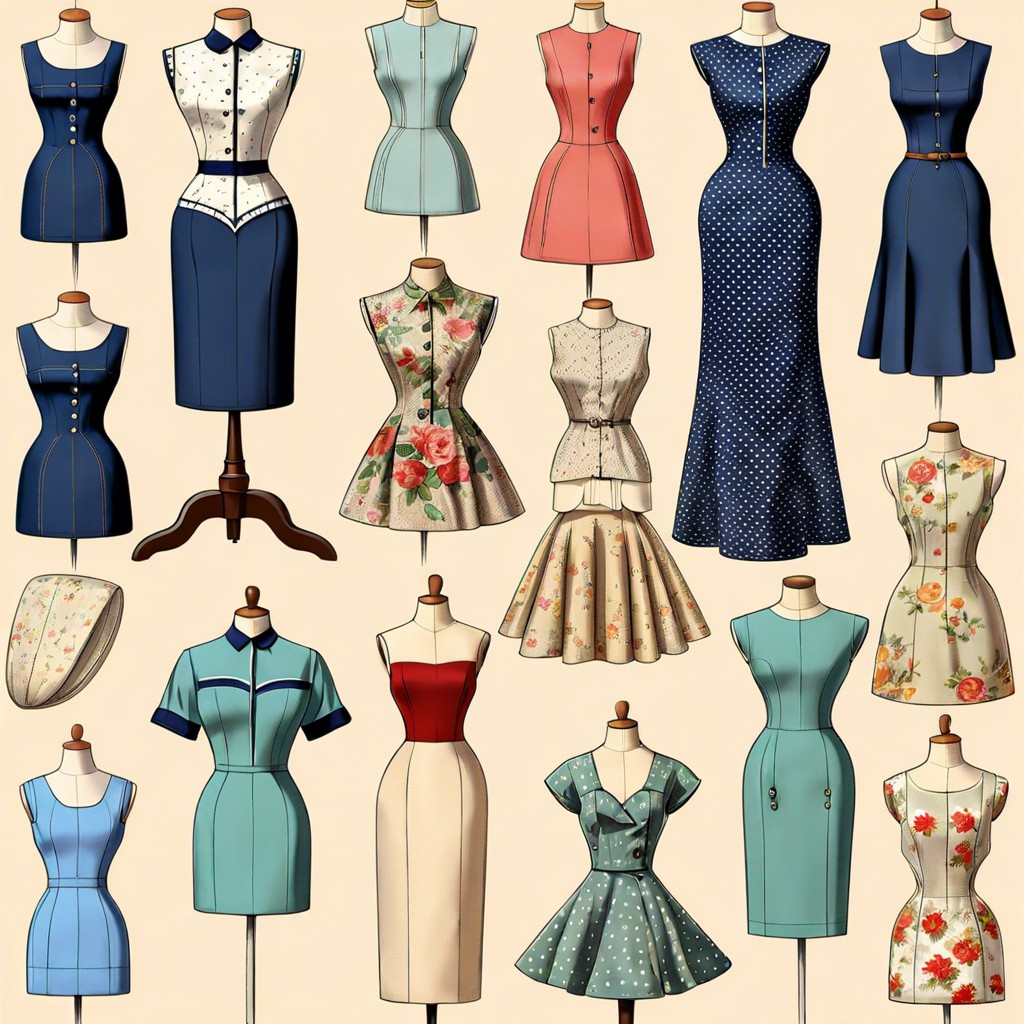
Determining the worth of vintage sewing patterns hinges on several factors. Rarity often drives up value — patterns that were once promotional items or had short production runs can fetch a pretty penny. Condition is pivotal; patterns with their pieces intact and uncut command higher prices than incomplete or well-used ones. Look for patterns with the original instructions and envelope for a full package.
Collectors prize patterns from defunct yet revered brands, such as DuBarry and Hollywood, as high-value items. Certain eras, like the Roaring Twenties or Swinging Sixties, may also stir interest due to their distinctive styles that echo significant moments in history.
Patterns boasting designs by legendary fashion icons—think Coco Chanel or Christian Dior—are akin to holding a piece of fashion history. These items resonate with both history aficionados and the fashion-forward crowd.
From an investment perspective, vintage patterns prove their mettle. Beyond aesthetics, they often mirror cultural shifts and social mores of bygone eras, offering a tangible connection to the past for history buffs.
For sewists and crafters, vintage patterns can be rediscovered treasures. Utilizing these treasures allows a seamless blend of past and present by recreating authentic period attire or inspiring contemporary designs with a nostalgic twist.
In summary, the allure of vintage sewing patterns extends beyond mere collectibility. These slices of history provide a dual opportunity for appreciation: as collectible items that may increase in value, and as tools for crafting garments soaked in the essence of times past.
Utilizing Vintage Sewing Patterns for Modern Sewing Projects
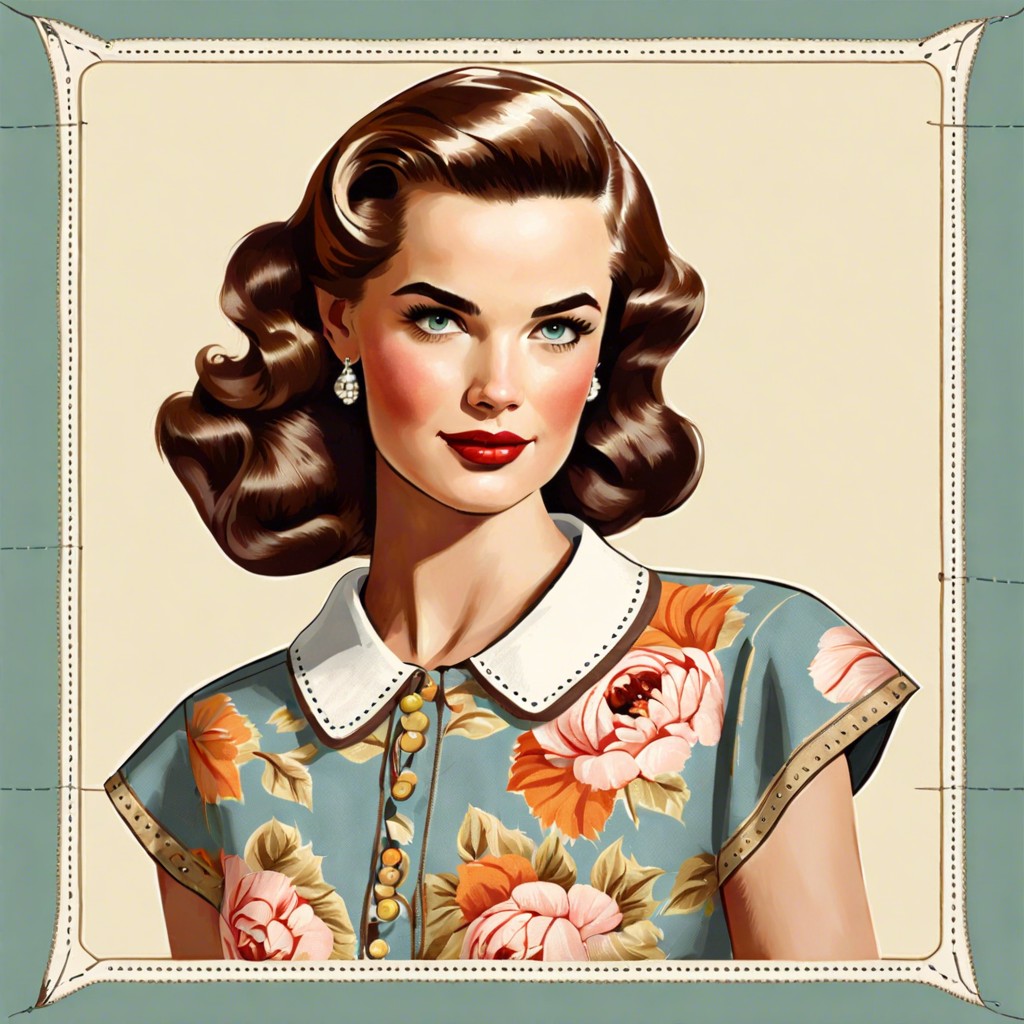
Those with a knack for sewing understand the charm of merging the old with the new. Vintage sewing patterns are more than relics; they’re invitations to create something with a timeless allure.
Consider fabric choice. Heavier materials were a staple in the past, but modern fabrics offer lightness and stretch. Opt for a contemporary fabric that maintains the silhouette of the original design for an updated twist.
Sizing is an essential factor. Yesterday’s measurements don’t always match today’s body shapes. Adjust the pattern by resizing it to fit today’s standard sizing or to accommodate a custom fit.
Don’t overlook the construction techniques. Back in the day, sewists had a different approach, often involving hand-stitching and unique seams. While respecting the original construction, integrate modern sewing methods where they can provide strength or ease.
Finally, ponder the details. Contemporary buttons, zippers, or embellishments can refresh a pattern’s vintage vibe. Just a touch of modern hardware or a splash of contrasting thread can elevate a nostalgic piece to a fashionable garment.
Crafting with vintage patterns bridges generations. It’s a creative process that pays homage to past designers while allowing personal style and contemporary trends to shine.
The Influence of Vintage Sewing Patterns On Today’s Fashion Designers
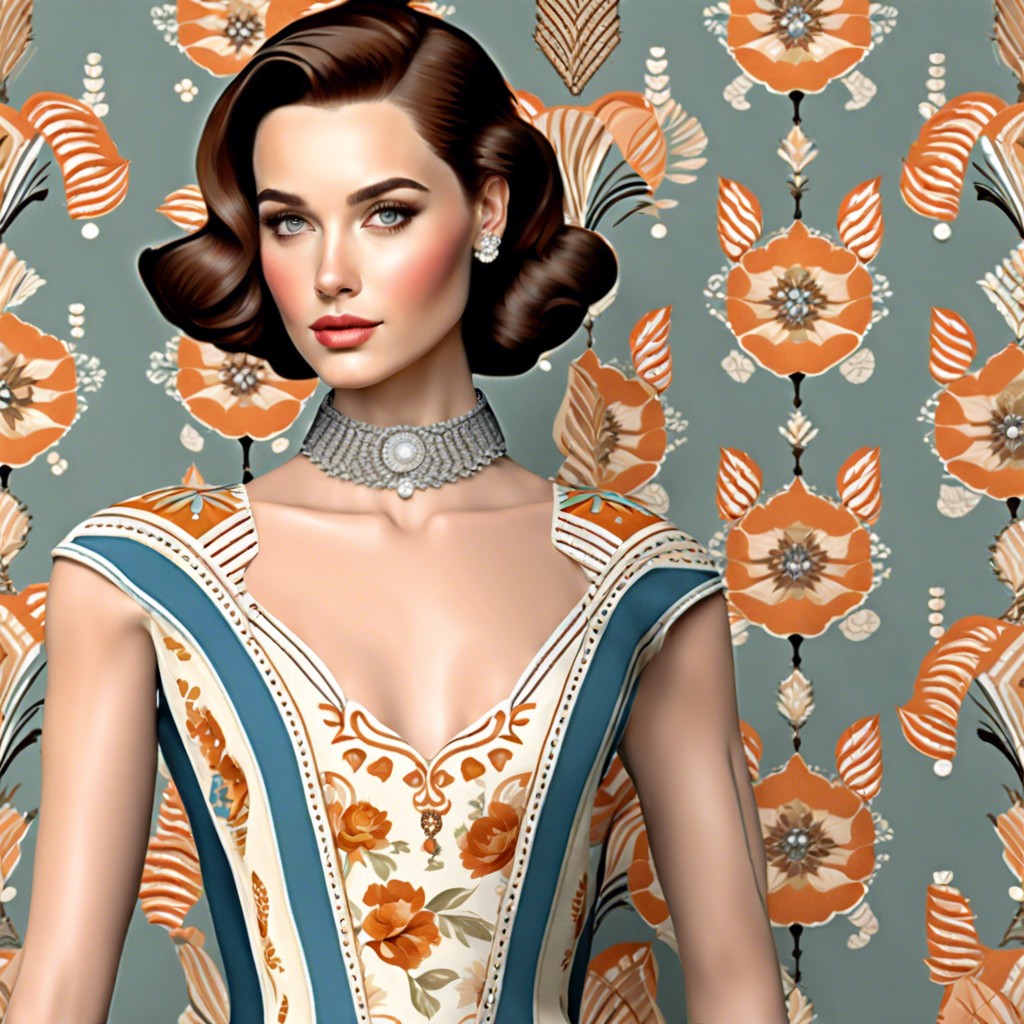
Old treasures have a way of resurfacing; this is certainly true in the tapestry of fashion history. Designers often dip into the past for fresh inspiration, bringing vintage sewing patterns into the limelight. These patterns serve as creative blueprints, marrying history with contemporary design elements.
In a nod to eras gone by, modern designers are seamlessly incorporating silhouettes, detailing, and fabric choices from these patterns. For instance, the iconic shapes of the 1950s or the sleek lines of the 1920s flapper dresses often reappear on runways with a modern twist. The mingling of past and present can also be seen in today’s use of bodices and corsets, tracing back to historical sewing patterns.
Moreover, designers are breathing new life into forgotten stitch techniques and trimmings outlined in vintage patterns. This blend honors tradition while pushing the innovation envelope. Imagine lacework from the Edwardian era applied to a modern minimalist dress, creating a dialogue between complexity and simplicity.
The lure of sustainability also plays a role. In our eco-conscious era, the reutilization of these patterns reflects a broader commitment to reducing waste. Designers champion this by repurposing old designs for new, sustainable fashion collections.
Lastly, vintage sewing patterns are fostering a sense of community among designers. By sharing their retro-inspired creations, they cultivate an appreciation for fashion history, encouraging others to explore and reinterpret designs from bygone days for today’s style enthusiasts.

